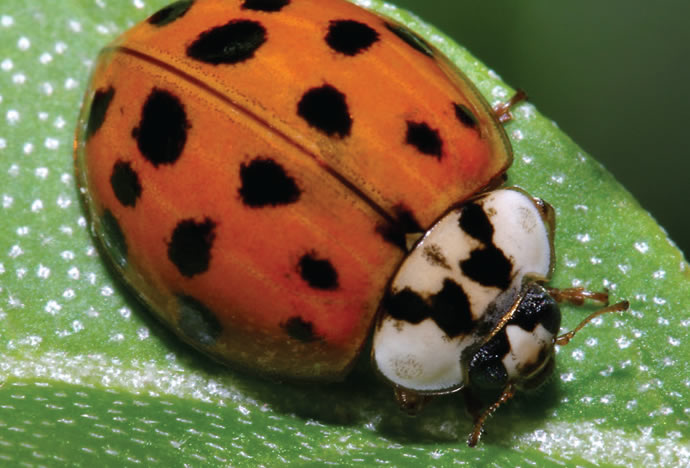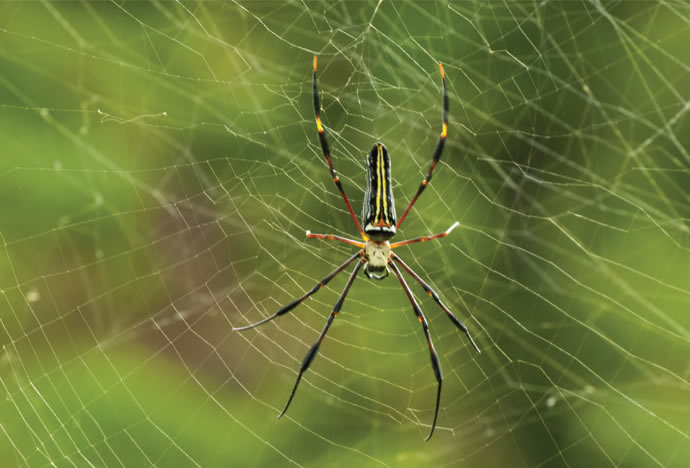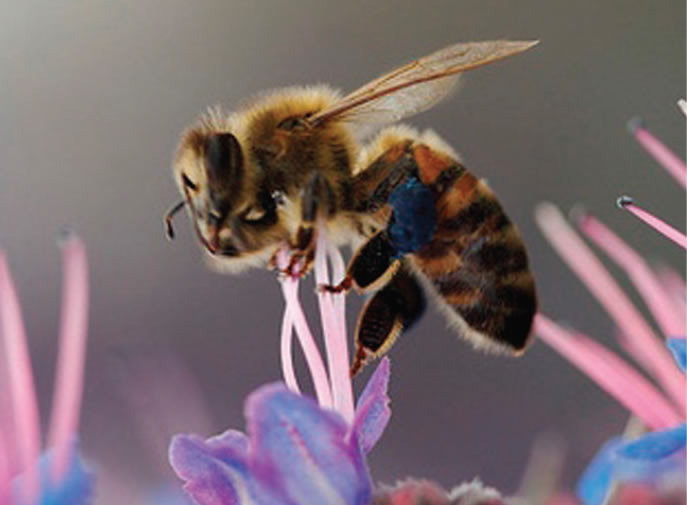Environment & Ecosystem Safety
Extensive studies have been conducted in various accredited research institutes in India and in Australia on the impact of Boom Flower® to the environment and the ecosystem. These studies have proven that Boom Flower® is an environment friendly product.
Phytotoxic Studies
These studies revealed that Boom Flower® even at 10 ml per liter of water did not cause any phytotoxic symptoms such as injury to leaf tips & leaf surface, wilting, vein clearing, necrosis and epinasty or hyponasty.
Source:
1. Tamilnadu Agricultural University, Coimbatore, Tamilnadu India
2. Regional Research Station, Tamilnadu Agricultural University, Paiyur, Tamilnadu, India
3. College of Agriculture, Rajmata Vijayaraje Scindia Krishi Vishwavidyalaya, Indore, Madhya Pradesh, India
4. Bidhan Chandra Krishi Viswavidyalaya, Kalyani, West Bengal, India
Residue Studies
Studies revealed that Boom Flower® at recommended dosages dissipates in the environment fast and the residues are well below the detectable limits in less than a day.
Source:
1. Peracto Pty Ltd, Australia (GLP accredited Research Institute)
2. IIBAT, India (GLP accredited) Multi-location Studies
Waiting Period
The waiting period for the safe consumption was estimated to be less than a day at the recommended dosages of Boom Flower®.
Source:
Pesticide Toxicology Laboratory, Tamil Nadu Agricultural University, Coimbatore, India.
Container Content Compatibility Studies
Studies showed that there are no changes either in the chemical or physical parameters of the formulation material stored in HDPE bottles, and hence, it is concluded that the content Nitrobenzene 20% EW (Boom Flower®) is compatible with the packaging system [i.e. HDPE bottles made using virgin grade HDPE complying to IS 9754 – 1981 and IS 8109 (part 2)-1988].
Source:
Ross Lifescience Pvt. Ltd., Pune, India (DSIR Recognized Laboratory).
Shelf – Life Study
Study revealed that the active ingredient content Nitrobenzene 20% EW is stable for 2 years under room temperature between 20OC and 27OC.
Source:
Ross Lifescience Pvt. Ltd., Pune, India (DSIR Recognized Laboratory).
Boom Flower® – SAFETY
Mammalian Toxicity Study Results
a. Acute oral toxicity studies on Wistar Rats conducted at IIBAT, Chennai, India concluded that no mortality was observed at 2000 mg/kg of body weight. The acute oral LD50 for Wistar Rat of Boom Flower® was found to be >2000 mg/kg of body weight and hence, Boom Flower® is safe and practically non toxic.
b. Acute dermal toxicity studies on Sprague Dawley Rats conducted at IIBAT, Chennai, India concluded that no mortality was observed at 2000 mg/kg of body weight. The acute dermal LD50 for Sprague Dawley Rat of Boom Flower® was found to be >2000 mg/kg of body weight and hence, Boom Flower® is safe and practically non toxic
c. Acute inhalation studies on Albino Wistar Rats conducted at Shriram Institute for Industrial Research, New Delhi, India revealed the LC50 value as 4.26 mg a.i./liter and concluded that Boom Flower® is safe and practically non toxic.
d. Primary skin irritation studies on New Zealand White Rabbits conducted at IIBAT, Chennai, India concluded that none of the animals exhibited any skin reaction during the observation period and declared Boom Flower® a non irritant.
e. Irritation to mucous membrane studies on New Zealand White Rabbits conducted at IIBAT, Chennai,
India concluded that mild irritation to the mucous membrane was observed and concluded Boom Flower® is a mild irritant.
f. Skin sensitization studies on Guinea Pigs conducted at Shriram Institute for Industrial Research, New Delhi, India concluded that the repeated application of Boom Flower® did not induce any skin sensitization (allergies) in any of the test animals.
Source:
1. International Institute of Biotechnology and Toxicology (IIBAT), India (GLP accredited)
2. Shriram Institute for Industrial Research, New Delhi, India (GLP accredited)
Bird Toxicity Study Results
A. Acute oral toxicity studies on Chicken conducted at Shriram Institute for Industrial Research reveals that the LD50 value for Boom Flower® is 3020 mg/kg of body weight and hence Boom Flower® is safe and practically non toxic.
B. Acute oral toxicity studies on Pigeon conducted at Shriram Institute for Industrial Research reveals that the LD50 value for Boom Flower® is 2399 mg/kg of body weight and hence Boom Flower® is safe and practically non toxic.
Source:
Shriram Institute for Industrial Research, New Delhi, India. (GLP Accredited).
Earthworm Toxicity Study Results

A. Acute toxicity studies on Eudrilus euginea conducted at Tamil Nadu Agricultural University reveals that the LC50 value for Boom Flower® is 7890 mg/kg soil and hence, Boom Flower® is safe and practically non toxic.
B. Acute toxicity studies on Perionyx excavatus conducted at Tamil Nadu Agricultural University reveals that the LC50 value for Boom Flower® is 6620 mg/kg soil and hence, Boom Flower® is safe and practically non toxic.
Source:
Centre for Plant Protection Studies in Tamil Nadu Agricultural University, Coimbatore, Tamil Nadu, India.
Fish Toxicity Study Results

A. Acute toxicity studies on Tilapia mossambica conducted at Tamil Nadu Agricultural University reveals that the LC50 value for Boom Flower® is 165.63 mg/liter and hence Boom Flower® is safe and practically non toxic.
Source:
Centre for Plant Protection Studies in Tamilnadu Agricultural University, Coimbatore, Tamil Nadu, India.
Sensitivity to Beneficial Arthropods
Laboratory and Field studies showed that beneficial insects like crysophids, coccinellids and spiders were slightly sensitive at the recommended dosages of Boom Flower® for a few days and the activity increased to normal level within 2 weeks.


Field studies revealed that honey bees, Indian (Apis cerena indica), Italian (Apis mellifera) and dammer bees (Trigona irridipennis) were found to be slightly sensitive at the recommended dosages of Boom Flower®. In the field a reduction in the activity of the honey bees were observed immediately after the application of Boom Flower® and the bee activity increased within a week.
Source:
1. Tamil Nadu Agricultural University, Coimbatore, Tamil Nadu, India.
2. Regional Research Station, Tamil Nadu Agricultural University, Paiyur, Tamil Nadu, India.
3. College of Agriculture, Rajmata Vijayaraje Scindia Krishi Vishwavidyalaya, Indore, Madhya Pradesh, India.
4. Bidhan Chandra Krishi Viswavidyalaya, Kalyani, West Bengal, India.




